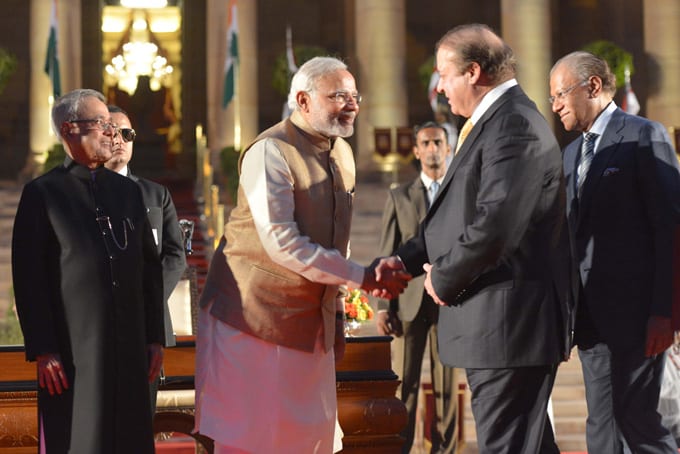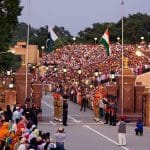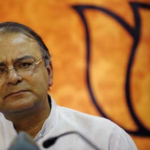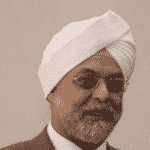India-Pakistan Relations 2014- PM Modi invited the heads of all SAARC nations for his swearing-in ceremony. This signaled the beginning of a new South-Asian solidarity, in particular the Indo-Pak ties.
- However, it did not last long. A long phase of border skirmishes led both countries to accuse each other of unprovoked firing and ceasefire violations.
- Three months after the swearing in, a meeting of Kashmiri separatist leaders took place with the Pakistan’s High Commissioner to India despite the opposition of India to it. As a result, the Indian government called off the dialogue process with Pakistan.
2015- There were continued ceasefire violations till late 2015. However, there was a limited diplomatic connection which prevented the conflict from taking any disastrous turnover.
- Two developments in Pakistan raised protests from India.
- Pakistan’s efforts to legitimize its occupation of the Gilgit-Baltistan region through elections led to a strong reaction from the Indian Government.
- The $ 46 billion China Pakistan Economic Corridor (CPEC), providing direct sea access to China via the Gwadar Port, being on the Karakoram Highway attracted opposition from India. This led India to negotiate a deal with Iran to develop its Chabahar Port, lying a few miles west to the Gwadar Port of Pakistan.
- In July, the two PMs met at Ufa on the sidelines of the Shanghai Cooperation Organization (SCO) summit. There they agreed to restart the official meetings but a terrorist attack in Gurdaspur, India derailed the dialogue process again.
- PM Modi’s visit to Bangladesh, where he recalled India’s contribution to the freedom struggle of the country from Pakistan, further enraged the Pakistani Government.
- In December, after inaugurating the newly built Afghan Parliament in Kabul, PM Modi made a surprise stopover at Lahore to meet PM Nawaz Sharif, while en route to New Delhi. It was after a long gap of 11 years that an Indian PM visited Pakistan. This unconventional move by PM Modi to engage with Pakistan was termed as ‘Innovative Diplomacy’ by the Indian Home minister. This move came weeks after the India-Pakistan National Security Advisors met in Bangkok, a stepping stone for increasing engagement between both the countries.
2016- Two important incidents shocked India and derailed the constructive engagement that was gaining ground in the last month of December.
- On 2nd January, the Indian Airbase at Pathankot (in Punjab), situated at a distance of 40 Km from the Indo-Pak border was attacked by terrorists.
The mastermind of the attack is Masood Azhar, the same terrorist who had to be released by India in 1999 to rescue the passengers of the Delhi bound Indian Airlines plane, which was hijacked from Kathmandu and taken to Kandahar.
An India-Pakistan Joint Investigation Team (JIT) visited Pathankot to investigate the attack. Days after returning, the Pakistani media was reported as saying that the JIT had founded that India had staged the encounter to defame Pakistan.
Pakistan High Commissioner announced suspension of India-Pakistan peace dialogue process.
2. On 3rd January, an Indian consulate in Afghanistan’s Mazar-e-Sharif was attacked.
- Though Pakistan has claimed to have initiated the process of bringing to book those who were involved in the Pathankot attacks. But there are no signs of progress on its part. It has been observed that every opportunity which the Indian PM has used to reach out to Pakistan is followed either by ceasefire violations or a terrorist strike.
- In February, the death of 10 Indian soldiers in an avalanche in the Siachen Glacier served as a wake up call for both countries to move beyond their past perceptions and begin a serious effort to demilitarize the Siachen Glacier. Experts differ on the strategic importance of the glacier, but they agree that the Glacier has become more of a prestige issue for both the countries rather than a security issue. The non-delineation of a formal border between the two countries prevents the demilitarization process.
- In April, Indian and Pakistani foreign secretaries discussed all outstanding issues, with India focusing on terrorism and Pakistan focusing on Kashmir.
- In June, a Central Reserve Police Force convoy was attacked by three or four militants while en route to the town of Pampore in Jammu and Kashmir. The responsibility for the attacks was claimed by Lashkar-e-Taiba.
- In July, the Indian Army announced the killing of Burhan Wani, a young Hizbul Mujahideen commander from South Kashmir, in an encounter. This triggered violent street protests across the Kashmir valley. The Home Minister of India, Rajnath Singh, blamed Pakistan for engineering and fueling the bloodshed.
- In his Independence Day speech, PM Modi in a policy shift on Pakistan, made a reference to the Baloch freedom struggle.
- He said that people in the conflicted Pakistani state of Balochistan, as also in Gilgit and PoK reached out to him. Pakistan responded by saying that the statement confirmed India’s role there.
- The Pakistani PM while glorifying Wani as a ‘young leader’ at the United Nations irked the Indian Government. He said that Pakistan fully supports the demand of the Kashmiri people for self determination and the UNSC must honor its own commitment of implementing a referendum made 70 years back.
- He expressed readiness for a “serious and sustained dialogue” with India for peaceful resolution of all outstanding disputes.










